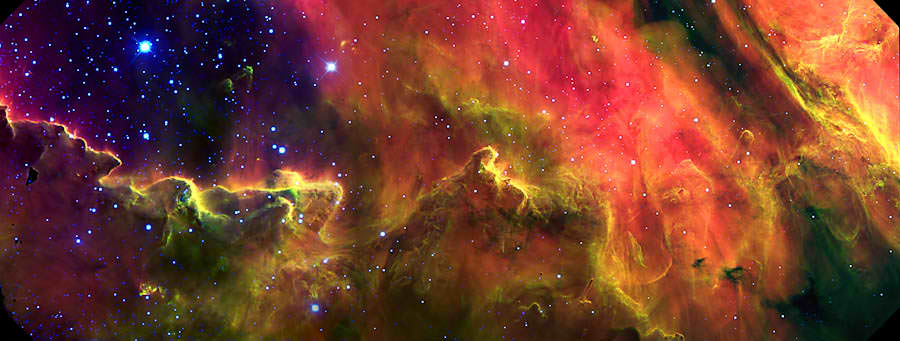Welcome to another Messier Monday. In our ongoing tribute to the great Tammy Plotner, we bring you another item from the Messier Catalog!
In the 18th century, while searching the night sky for comets, French astronomer Charles Messier kept noting the presence of fixed, diffuse objects in the night sky. In time, he would come to compile a list of approximately 100 of these objects, with the purpose of making sure that astronomers did not mistake them for comets. However, this list – known as the Messier Catalog – would go on to serve a more important function, acting as a milestone in the history of the study of Deep Sky Objects.
However, not all objects in the catalog were first discovered by Charles Messier himself. Some, like the Lagoon Nebula, were observed sooner, owing to the fact that they are visible to the naked eye. This interstellar cloud, which is located in the Sagittarius constellation, has been known of since the late 17th century, and is one of only two star-forming nebulae that is visible to the naked eye from mid-northern latitudes.


